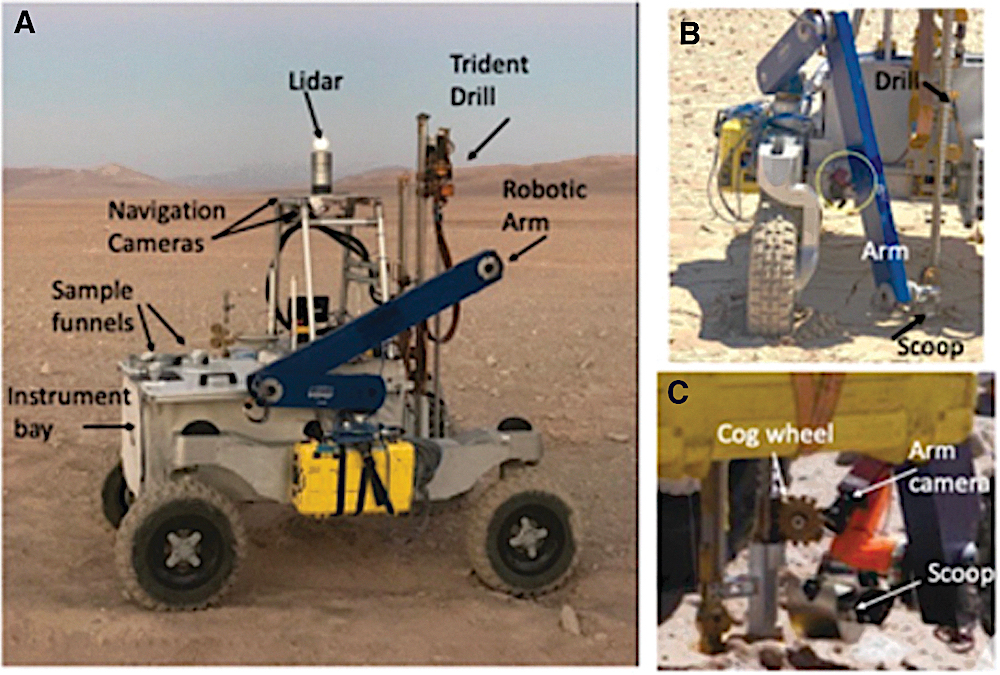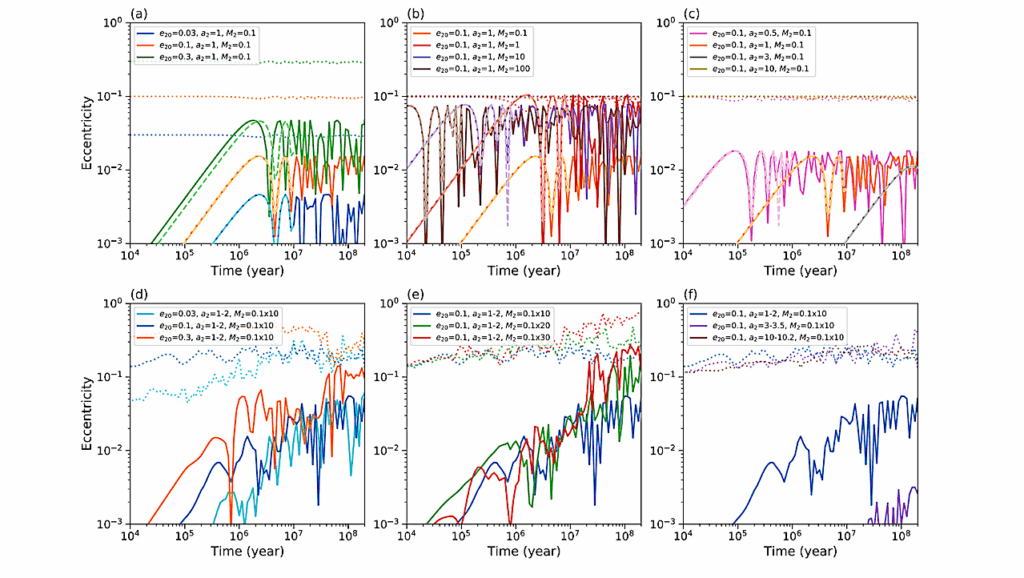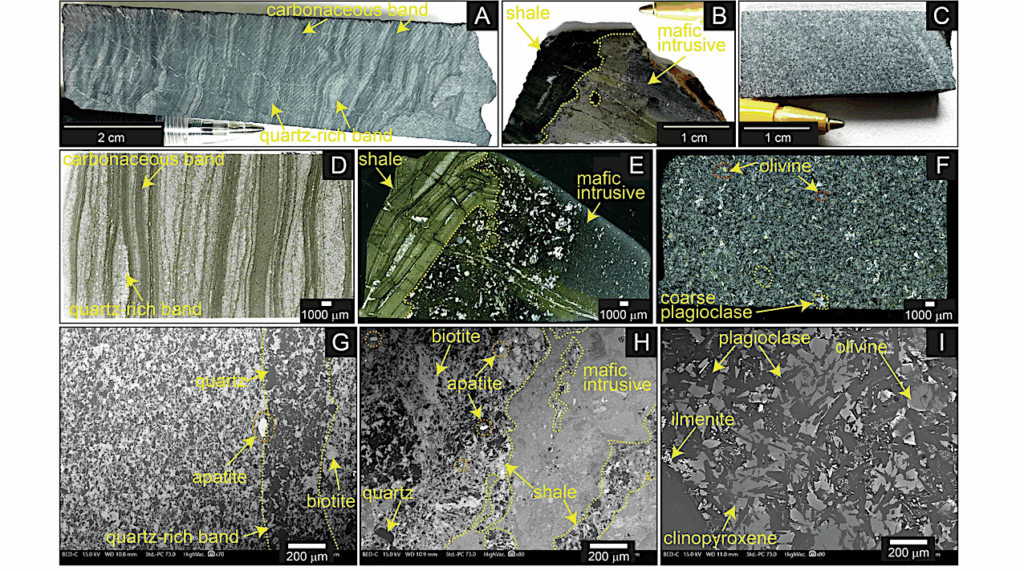The Atacama Rover Astrobiology Drilling Studies (ARADS) Project

With advances in commercial space launch capabilities and reduced costs to orbit, humans may arrive on Mars within a decade.
Both to preserve any signs of past (and extant) martian life and to protect the health of human crews (and Earth’s biosphere), it will be necessary to assess the risk of cross-contamination on the surface, in blown dust, and into the near-subsurface (where exploration and resource-harvesting can be reasonably anticipated). Thus, evaluating for the presence of life and biosignatures may become a critical-path Mars exploration precursor in the not-so-far future, circa 2030.
This Special Collection of papers from the Atacama Rover Astrobiology Drilling Studies (ARADS) project describes many of the scientific, technological, and operational issues associated with searching for and identifying biosignatures in an extreme hyperarid region in Chile’s Atacama Desert, a well-studied terrestrial Mars analog environment. This paper provides an overview of the ARADS project and discusses in context the five other papers in the ARADS Special Collection, as well as prior ARADS project results.

(a) ARADS astrobiology exploration system (rover, drill, robot arm, instruments) at the September 2019 tests in Chile. (b) Robot arm with scoop extended. (c) Cog scraper pushing drilled cuttings from the auger drillstring into the scoop, with air gaps to minimize cross-contamination (Stoker et al., 2023).

(a) Site 2 overhead context, showing the Yungay base and the test sites. (b) The Green Parrot site, at the edge of a salar only 2 km from the Yungay base camp, supported integration and testing of the drill, sample transfer, and instruments. This 2017 photo shows initial SOLID onboard testing together with the drill and arm. Halite nodules are apparent on the surface nearby. (c). In 2016–18 the drilled samples acquired adjacent to a human-excavated pit provided collaborating data for ongoing studies there. In this photo, the rover and drill are undergoing a multistep cleaning protocol prior to sampling. (d). In September 2019 the ARADS system autonomously navigated to target locations at the Playa kilometer-wide site for sampling and analysis, as directed by twice-daily command sets sent remotely from the science team.
Astrobiology. December 2023; 23(12): 1245–1258.
Published online 2023 Dec 20. doi: 10.1089/ast.2022.0126 (open access)
https://www.ncbi.nlm.nih.gov/pmc/articles/PMC10750311/ (open access)








